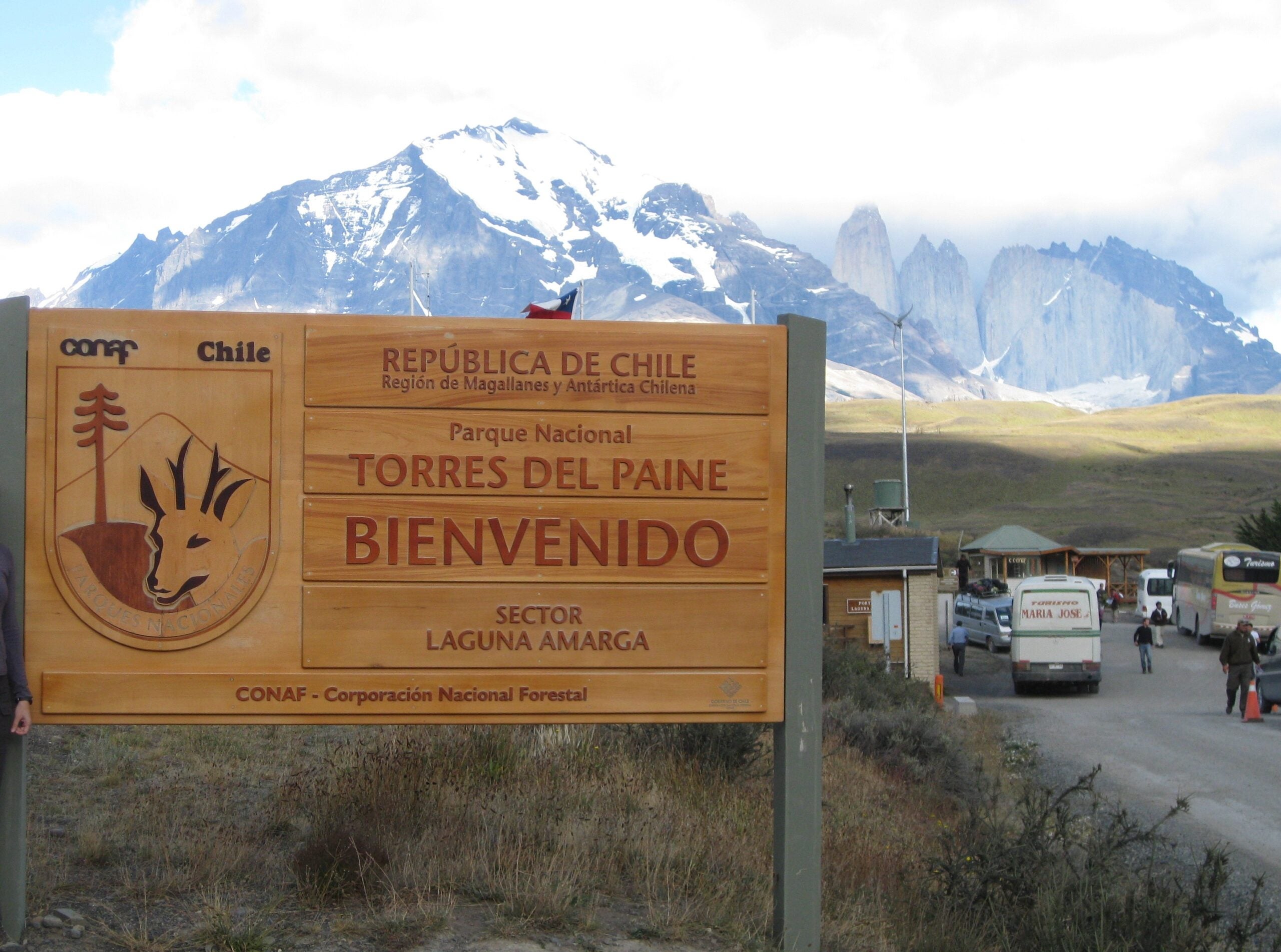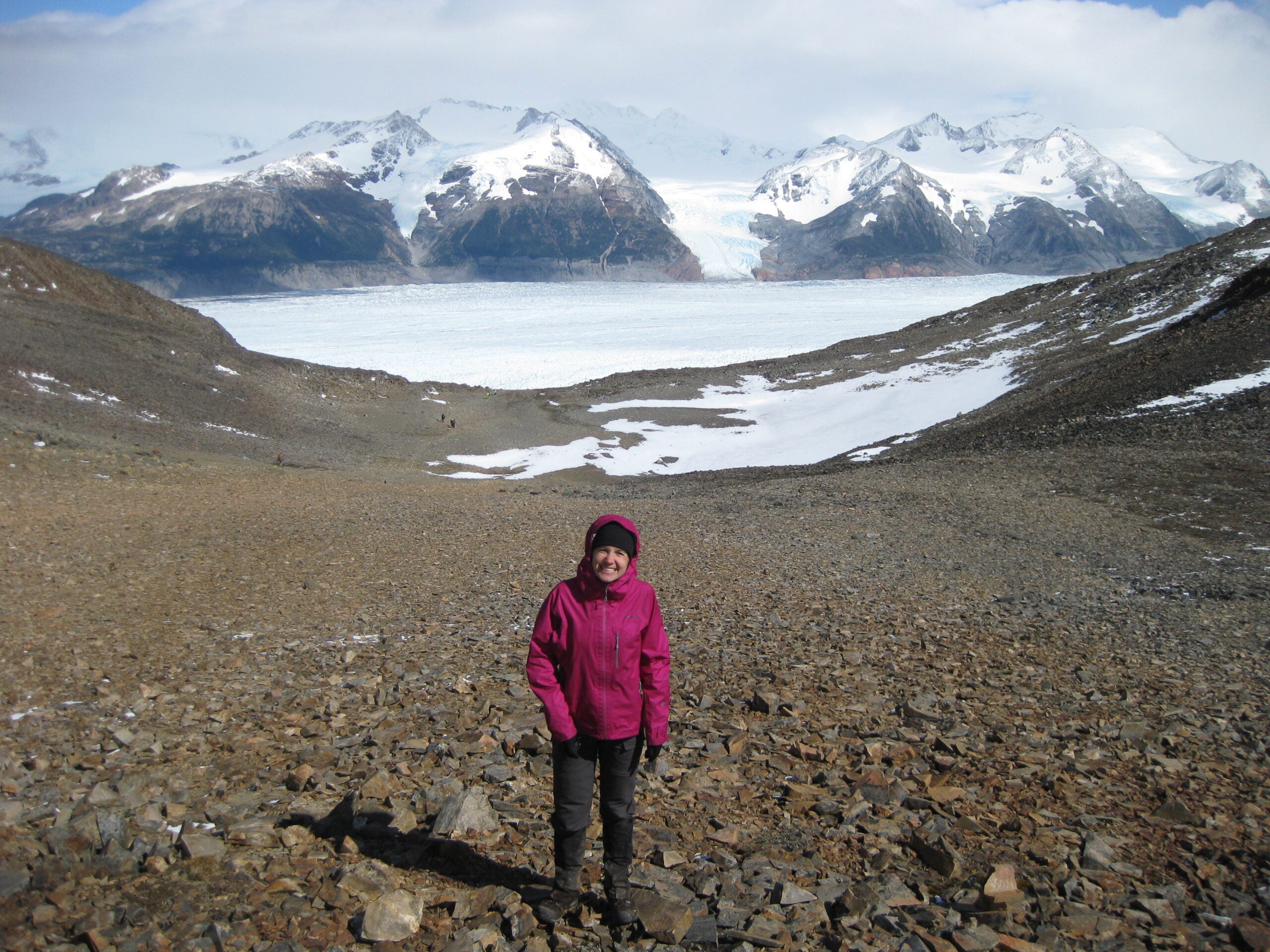
In Latin America, national parks account for over 6% of the region’s landmass, with conservation areas in total accounting for 25%, and they helped shape the way countries like Mexico, Argentina, Brazil and Chile developed. Emily Wakild, professor and Cecil D. Andrus Endowed Chair for the Environment and Public Lands, along with collaborators from Brazil and Colombia researched different ways that countries approached the expansion of national parks over the past 90 years in their respective regions.
Some countries like Argentina used national parks as a way of developing new land and as part of a larger project reordering society in Mexico. In Brazil and Chile, national parks were created more haphazardly, whereas national parks in Peru and Colombia were created with more ecological intentions. These countries took into account the importance of biodiversity, focusing on the conservation, rather than exploitation, of nature.

“Publishing this article is the culmination of many years of conversation with Brazilian and Colombian experts to reconstruct these timelines,” Wakild said. “We hope that the distinct historical trajectories of nature conservation in South America can now be better integrated into current conservation proposals.”
The full article has been released for early view in one of the top peer-reviewed journals for research on Latin America, the Latin American Research Review.